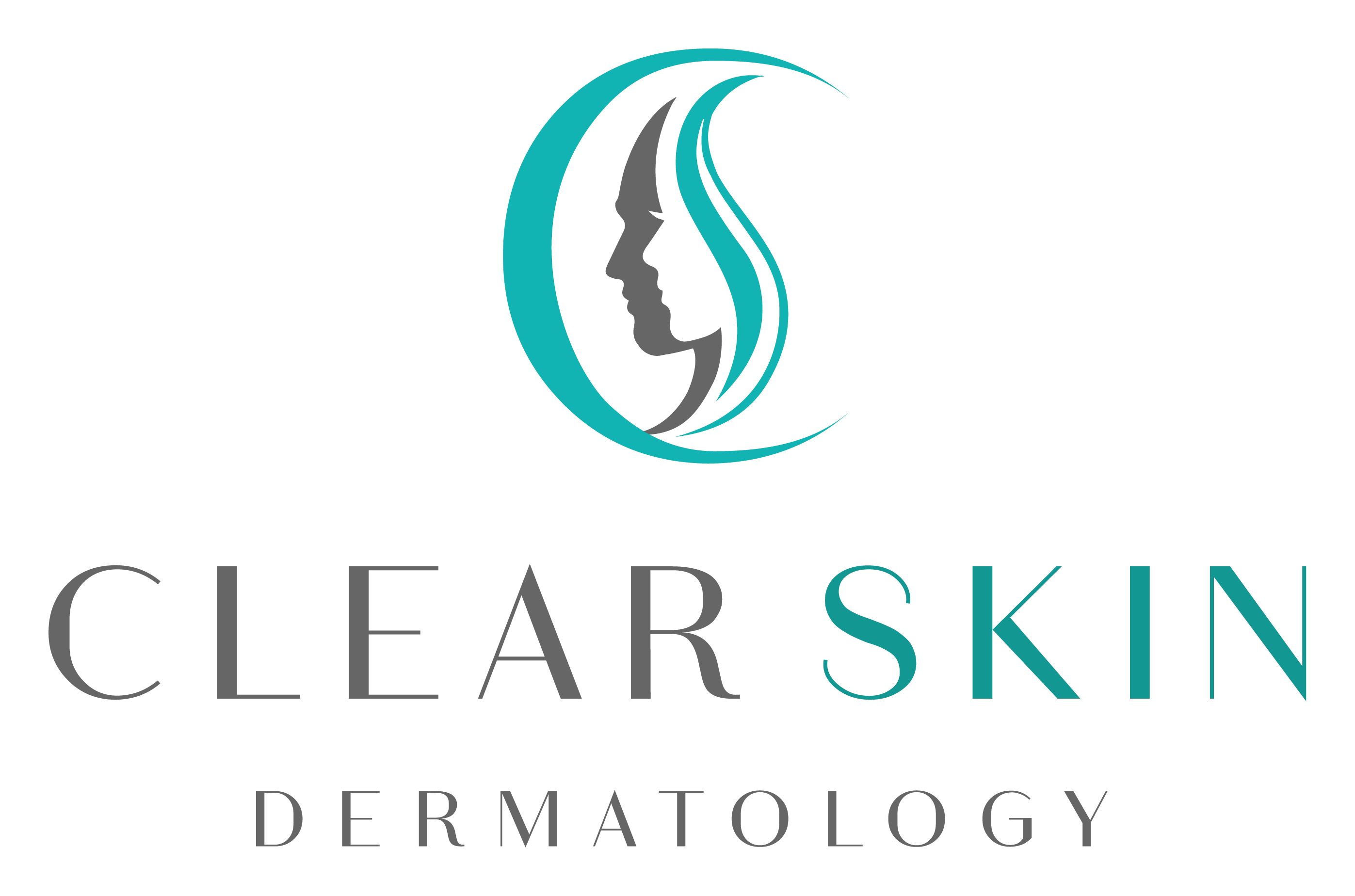Skin lesion removal in Clearwater involves using cutting-edge treatments to remove both benign and cancerous skin lesions expertly. At Clear Skin Dermatology, our board-certified providers treat your specific skin concerns to restore optimal skin health.
Remove benign and
cancerous skin lesions
Skin lesion removal is a medical procedure designed to excise abnormal growths or spots on the skin. These lesions can be benign, like moles and warts, or malignant, such as basal cell carcinoma and melanoma. The process involves various techniques, including surgical excision, cryotherapy, and laser treatments, to safely and effectively remove the lesion while minimizing scarring. This procedure is essential for both aesthetic reasons and health concerns, ensuring any potential skin cancer is identified and treated promptly.

Skin lesion removal treats:
- Moles
- Warts
- Skin tags
- Seborrheic keratoses
- Actinic keratoses
- Basal cell carcinoma
- Squamous cell carcinoma
- Melanoma
- Other benign or cancerous growths
Your skin lesion removal options
Shaving Technique
The shaving technique involves using a small, sterile blade to shave off the lesion flush with the surrounding skin. This is often used for raised lesions like moles and seborrheic keratoses. Local anesthesia is applied to numb the area, ensuring a painless procedure. The shaving technique is minimally invasive and typically leaves a flat, smooth surface with minimal scarring. It is a quick procedure with a short recovery time.
Cryotherapy
Cryotherapy involves freezing the skin lesion using liquid nitrogen. This treatment is especially effective for benign lesions, such as warts, skin tags, and actinic keratoses. The extremely cold temperature destroys the abnormal cells, causing the lesion to fall off eventually. Cryotherapy is a quick and minimally invasive procedure that requires no stitches, has a relatively short recovery time, and involves a low risk of scarring.
Laser Treatment
Laser treatment is a modern approach to skin lesion removal that uses focused light energy to target and eliminate abnormal cells. This is ideal for removing moles, seborrheic keratoses, and some superficial skin cancers. The laser precisely targets the lesion, reducing damage to surrounding healthy tissue and minimizing scarring. Laser treatments are typically quick, and patients can return to their normal activities shortly after the procedure.
Surgical Excision
Surgical excision is a common and effective method for removing skin lesions, especially when dealing with potentially cancerous growths. During this procedure, the dermatologist numbs the area with a local anesthetic and then carefully cuts out the lesion along with a small margin of surrounding healthy tissue to ensure complete removal. The wound is then closed with sutures, and the removed tissue is sent for pathological examination.
Benefits of skin lesion removal:
- Eliminates potentially cancerous lesions
- Improves skin appearance
- Reduces discomfort or irritation
- Prevents lesions from growing or spreading
- Minimizes scarring with advanced techniques
- Enhances self-confidence
- Allows for early detection and treatment of skin cancer
- Customizable treatments for individual needs
- Quick and minimally invasive procedures

Skin lesion removal FAQs
What is a skin lesion?
A skin lesion is an abnormal growth or change in the skin. It can be benign (non-cancerous) or malignant (cancerous) and may include moles, warts, skin tags, cysts, and various forms of skin cancer. Skin lesions vary in size, shape, and color and can appear anywhere on the body.
When should I consider having a skin lesion removed?
You should consider having a skin lesion removed if it changes in size, shape, or color, becomes painful, itchy, or starts to bleed. Lesions that appear suddenly or grow rapidly should also be evaluated. Additionally, if a lesion is cosmetically bothersome or located in an area that causes irritation, removal might be advisable.
Will the removal of a skin lesion leave a scar?
Any procedure that breaks the skin has the potential to leave a scar. However, our experienced dermatologists use advanced techniques to minimize scarring. The size and location of the lesion, as well as the chosen removal method, can influence the likelihood and appearance of a scar. Proper aftercare is also crucial in reducing scarring.
Is skin lesion removal painful?
Most skin lesion removal procedures are performed under local anesthesia, which numbs the area and prevents pain during the procedure. Patients may experience mild discomfort or a slight burning sensation, especially with cryotherapy. After the procedure, some tenderness or minor pain is possible, but it can be managed with over-the-counter pain relievers.
How long does it take to recover from skin lesion removal?
Recovery time varies depending on the removal method and the individual’s healing process. Surgical excision may require stitches, which are typically removed after one to two weeks. The skin will scan over and heal within two to three weeks. Cryotherapy and laser treatments have shorter recovery times, often with only minor redness or swelling.

Achieve and maintain clear and
healthy skin in Clearwater, FL
Clear Skin Dermatology is dedicated to helping you achieve and maintain clear, healthy skin. Led by Dr. Rachel Epstein, a double-board-certified dermatologist and fellowship-trained Mohs surgeon with over 25,000 surgeries performed, our team provides expert care tailored to your needs. Whether addressing benign or cancerous skin lesions, we offer advanced treatments for optimal results. Schedule a consultation today to explore your options for skin lesion removal and experience the highest standard of dermatological care in Clearwater, FL.

